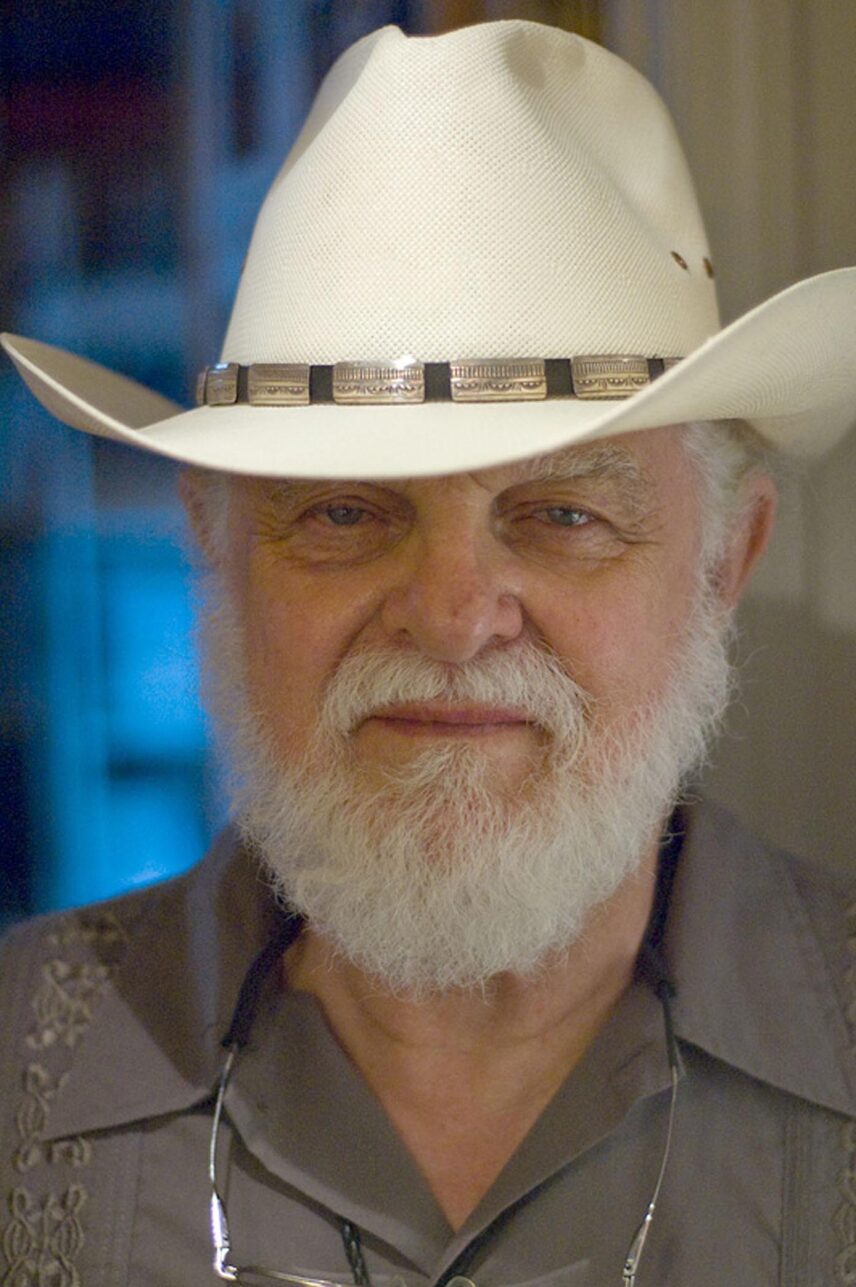Article begins
Oswald Werner, who was with the Department of Anthropology at Northwestern University for over 30 years, died at the age of 95 in Santa Fe, New Mexico, on March 26, 2023. Known simply as “Ossy” to his family and friends, as well as to generations of colleagues and students, he was a linguistic anthropologist who specialized in Navajo semantics through an approach to the study of cultural knowledge that he called “ethnoscience.”
Werner was born in 1928 in Rimavska Sobota in what was then Czechoslovakia and is now the Slovak Republic. He began gymnasium (high school) studies in Slovak; then, in November 1938, his town became part of Hungary, so he finished his first year of high school in Hungarian. He had already learned German at the age of seven when his parents sent him to Austria. Later, he also became fluent in English, functional in Spanish, and acquired an extensive knowledge of Navajo language and culture, though he was very clear that he “did not speak Navajo.”
In 1951, Werner emigrated to the United States, sponsored by the Congregational Christian Service Committee, through which he got an engineering job in Philadelphia. As a recent emigree, he was given 6 months to report to the local draft board, after which he immediately found himself in the US Army. Sent to Fort Bragg, NC, to the 525 Military Intelligence Unit, he did many translations without any access to a Hungarian dictionary. He then went back to Germany, where he served in an anti-tank and -mine platoon, and by 1953 became a publicity and public information photographer. Werner was honorably discharged from the Army in 1953, and by 1954 became a naturalized US citizen.
Following his discharge from the Army, Werner enrolled at Syracuse University in 1953, working toward a master’s degree in photojournalism. While running his own photography studio in Syracuse, Ossy began reading anthropology and linguistics books while developing photographic negatives. Syracuse University had no archaeologist on staff at the time, so he got a list of archeologists and wrote to the Colorado-based Mesa Verde Project, which offered him a job as a photographer for the summer of 1959. This led to his first trip to the US Southwest, where he first encountered the Diné (Navajo). He also learned of Carl Voegelin, an anthropological linguist at Indiana University, thereafter enrolling in the IU master’s program in anthropology with a minor in linguistics. He spent the summer of 1960 with Voegelin and his field study group in Flagstaff, AZ. Voegelin suggested that Ossy study Navajo and then do an analysis of the “trader Navajo” spoken by Anglo trading post operators; this led to his doctoral dissertation topic and to meeting his first major Navajo collaborator, Kenneth Begishe.
Beginning as an assistant professor of anthropology and linguistics at Northwestern University in 1963, Werner rose to associate professor in 1969 and professor in 1971, including service as chair of the Department of Anthropology from 1978 to 1983 and again from 1987 to 1989. Werner founded and operated Northwestern’s annual summer Ethnographic Field School in Cultural and Linguistic Anthropology in New Mexico and Arizona for its first 25 years. beginning in 1973, with an undergraduate focus, expanding on Voegelin’s model of placing only graduate students in local communities for the purposes of ethnographic research. In 1998, Werner became professor emeritus of anthropology at Northwestern.
During his career, he was named Fulbright Professor of Linguistics at Universidad Católica, Valparaiso, Chile, in 1974 (for which he learned Spanish); Fulbright Research Professor (for fieldwork on “Hungarian Gardens and their Magic”) at Janus Pannonius University, Pécs, Hungary, in 1987; visiting professor at University of Gent, Belgium, in 1993; and another stint as a visiting professor at Janus Pannonius University in 1995. Service to his professional colleagues included various roles with the Central States Anthropological Society, Linguistics Society of America, International Journal of American Linguistics, National Institute of Mental Health (NIMH), and the American Anthropological Association, including as an elected member of the AAA’s Ethics Committee from 1969 to 1971.
Realizing the prominence of health and healing in Navajo culture, Werner focused for decades on the study of the semantics of Navajo medical knowledge. Supported by NIMH grants from 1963 to 1981, the Navajo Ethno-Medical Dictionary ultimately expanded to the Navajo Ethno-Medical Encyclopedia, initially with Kenneth Y. Begishe as his primary Navajo collaborator. Martha A. Austin succeeded Begishe in the mid-1970s. At a National Library of Medicine conference held in El Paso in 1985, Ossy described this work as globally significant for being potentially the most complete compilation of a system of “folk medicine.” Martha A. Austin (now emerita faculty at Diné College) has continued to seek funding to continue the project, recently being awarded a Henry Luce Foundation “Indigenous Knowledge” fellowship to resume progress toward completion of the Navajo Ethno-Medical Encyclopedia after a hiatus of 40 years. Oswald Werner considered this work the most important component of his legacy.

(Edward R. Garrison, Debbie Werner Flannery, Derek Werner, and Rickard Werner)

